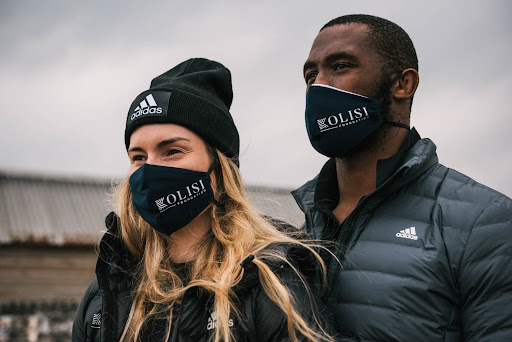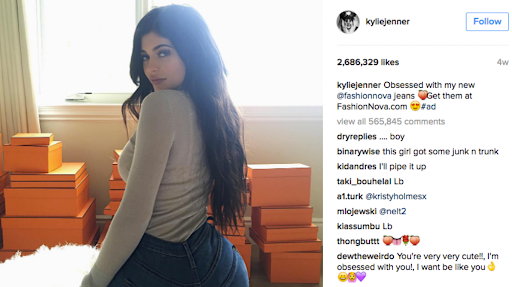These days, there are influencers
everywhere — be it
kidfluencers,
petfluencers or even
AI influencers. Yes, this market is saturated, but that's because of the effectiveness of this approach in engaging the public.
Influencers help to humanise a brand, making it more
authentic and
relatable to the customer. Think of how many times you’ve seen a social media personality promoting a product and thought, ‘
Wow, I need that’.
This is the power of influencer tactics at work!
Here,
media update’s Taylor Goodman unpacks how ‘the influencer’ is used in different industries and the different ways that they can operate.
Let’s dig in:
What’s the purpose of influencer PR?
As society becomes increasingly digitised, the public relations industry has to follow suit. Social media and an online approach is becoming more integrated into PR than ever before.
Take brand campaigns for example: When you see them, they are most likely popping up on social media. And rightly so, as running campaigns in a social space is not only cost-effective, but it's also more interactive.
As brands and consumers are now more connected than before, there is a
bigger demand for personalisation — enter
influencer PR!
In a public relations context, influencers play the role of
brand ambassadors. As they tend to have loyal followings, there is a sense of trust between the social media personality and their audience.
Because of the influencer’s … well,
influence … brands that pair up with them can capitalise on the reliability
and publicity they can offer.
An example of an influencer working to boost the publicity of a brand is
Siya and Rachel Kolisi serving as the brand ambassadors for the Kolisi foundation. As celebrities, they have a large following, and their reach will help increase brand awareness for their organisation.

*Image courtesy of
Adidas and the Kolisi foundation.With this in mind, influencer PR is not limited to the individual serving as a brand ambassador.
The influencer could also amplify product reviews. As their following trusts their opinion, and thus their recommendations, these reviews will be more effective in promoting a brand than an ad. Seeing that
90% of customers trust peer recommendations, this should work in your client’s favour.
Additionally, in a public relations context, an influencer can collaborate with the PR pro to create content. Whether it's speaking at an event they’re hosting or collaborating in a Q&A session, the extra publicity
never hurts!
What’s the purpose of influencer marketing?
Influencer marketing is the more mainstream strategy of the two, and that can largely be attributed to its efficiency.
Not only have these social media personalities breathed life into a whole new style of digital marketing, but they have created a much sought after career path.
Where influencer PR is more discreet, the marketing side of this is more direct. Here, influencers are trying to
sell, sell, sell instead of trying to create publicity or secure media coverage for a brand.
The purpose of influencer marketing is to leverage these personalities' following to push products / services on a smaller scale. In this sense, the influencer is to serve as a trusted friend to the customer, encouraging them to purchase something, in order to get paid in return.
Pretty straightforward, right?
Online fast fashion retailer Fashion Nova is constantly making waves on the social scene for its outstanding influencer marketing tactics. With celebrities like Kylie Jenner and Cardi B promoting its product, the brand has amassed around 20 million followers on
Instagram.
 *Image courtesy of Vice
*Image courtesy of ViceHowever, influencer marketing isn't all sunshine and roses. In some circles, they question whether it is really as trustworthy as it presents,
bringing into question whether these influencers even like or use the products / brands they promote.
Doubts aside, what is clear is the
power of the influencer — and its unyielding nature.
What are your thoughts on these different kinds of influencers? Let us know in the comments below.
We see you’ve enjoyed our content right until the end. To get more insightful stories, sign up for our newsletter.
*Image courtesy of Unsplash